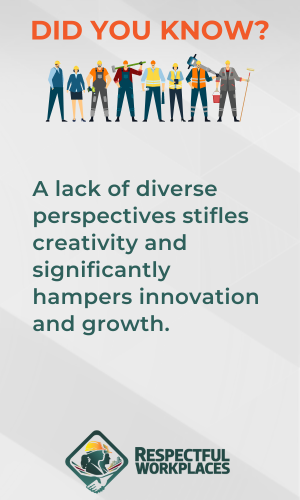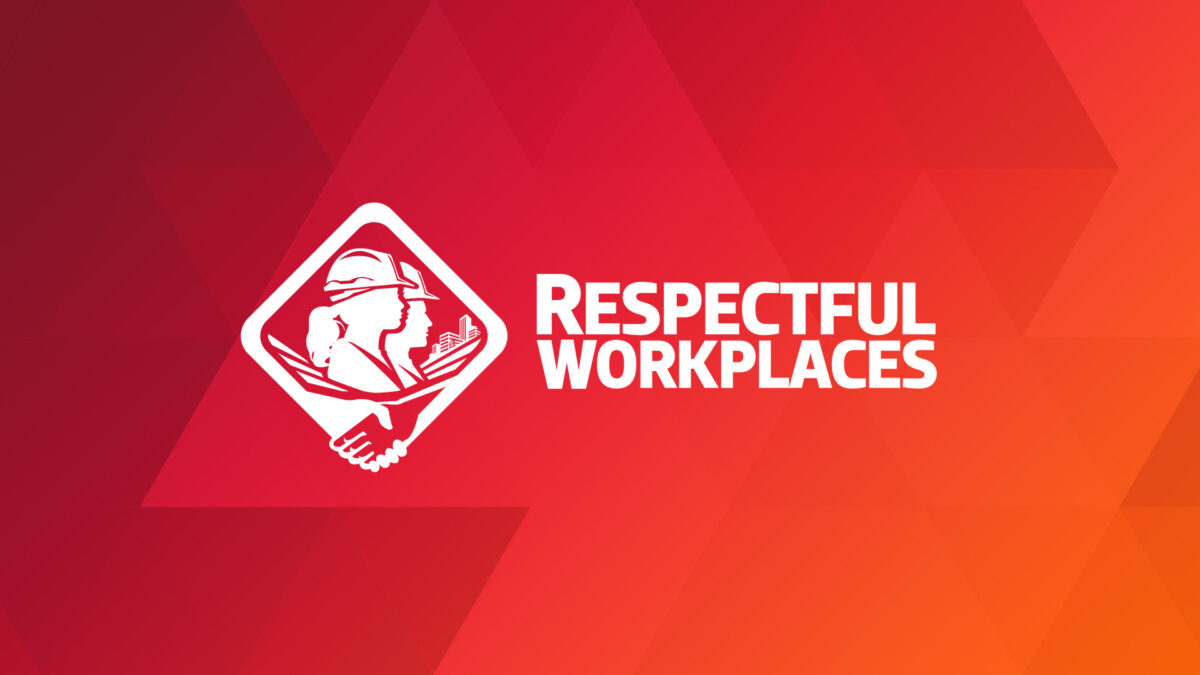
You may not realize it, but by not providing an inclusive work environment, your organization may be costing itself money.
In business, the cost of exclusion extends far beyond the surface. It impacts employee morale and even your organization’s financial health. There are many areas where exclusion can hurt your top and bottom lines.
Talent and customers
Studies have shown that workplaces lacking in inclusion, diversity, equity, and accessibility (IDEA) suffer from decreased employee productivity and engagement. This disengagement leads to higher voluntary turnover rates, which in turn incur significant costs related to recruitment, training, and the loss of institutional knowledge.
The impact of exclusion on a company’s reputation cannot be overstated. In today’s socially connected world, a company’s commitment to IDEA can significantly influence talent attraction, along with customer loyalty and preference. A study by Deloitte Canada underscores the correlation between inclusive businesses and their ability to attract and retain customers, affecting the bottom line.
The ripple effect of exclusionary practices extends to the broader market. Businesses that fail to embrace IDEA risk alienating a diverse customer base, leading to lost revenue opportunities. The Business Development Bank of Canada provides insights into how inclusivity can drive market expansion and innovation, emphasizing the financial benefits of embracing a diverse workforce.
Innovation and growth
A lack of diverse perspectives stifles creativity and significantly hampers innovation and growth. Research has consistently shown a strong correlation between IDEA and increased market share. Diverse teams bring diverse perspectives and viewpoints to the table, fostering an environment ripe for innovation. For instance, companies like IBM and Microsoft have thrived by embracing inclusion, leading to groundbreaking advancements in technology and a broader market reach.
Moreover, the financial implications of exclusion are profound. A study by McKinsey & Company highlights that companies in the top quartile for ethnic and cultural diversity on executive teams were 33% more likely to have industry-leading profitability. This data underscores the undeniable link between an inclusive workplace and a company’s top and bottom line.
Legal and compliance risks
In Canada, compliance with the Canadian Human Rights Act and the Employment Equity Act is not just a legal obligation but also a strategic advantage in fostering an inclusive workplace environment. The financial implications of legal disputes can be staggering, with settlements and legal fees potentially costing millions. Moreover, the indirect costs, such as loss of productivity and damage to employee morale, further exacerbate the financial strain on businesses. Companies must recognize the importance of implementing comprehensive IDEA policies to mitigate these risks. By doing so, businesses comply with legal standards and position themselves as leaders in fostering an inclusive corporate culture.
Strategies for promoting inclusion and avoiding the costs of exclusion
Companies increasingly recognize that IDEA are key drivers of innovation, employee satisfaction, and financial performance. Strategies for promoting inclusion and mitigating the costs associated with exclusion are multifaceted and require a committed approach.
- Education: Implementing a comprehensive IDEA learning program is paramount. Such learning programs educate employees on the value of IDEA and help each person understand their role creating a more inclusive workplace.
- Policies: Creating policies that actively promote inclusion is essential. These policies should not only prevent discrimination but also encourage practices that recognize and celebrate diversity.
- Measurement: Measuring and tracking progress toward IDEA goals is crucial for ensuring accountability and continuous improvement. As the saying goes, what gets measured, gets done. Tools like the Diversity and Inclusion Charter of Peel offer frameworks for businesses to assess their progress in fostering an inclusive environment.
The path forward requires a commitment to continuous improvement and the courage to take actionable steps toward change. Businesses are encouraged to audit their current practices, listen to diverse voices within their organization, and implement strategies that promote a culture of inclusion. The cost of exclusion is too high for businesses to pay. The imperative for inclusion is a critical business strategy that can lead to sustainable growth and success.
By embracing diversity and working towards a more inclusive workplace, businesses can unlock their full potential and make a meaningful difference.
Michael Bach is an author and speaker, a thought leader in inclusion, diversity, equity, and accessibility, and an IDEA consultant to BuildForce Canada.
What can an effective Respectful and Inclusive Workplace Program deliver?
- Become an employer of choice – attract, retain, and advance top talent from all sources of labour
- Unlock collaboration and innovation – create high-performing teams through diversity of thought and experience
- Build your brand – your organization will gain a competitive edge as a leader and innovator
Get started today!
The BuildForce Canada Online Respectful and Inclusive Workplace Toolkit includes:
- the Respectful Workplace Online Self-Assessment Tool to assist organization leadership in assessing their current situation and identifying where they may need to make changes
- the Respectful Workplace Policy Framework and Implementation Guide to assist organizations in creating and implementing a policy that supports a respectful and inclusive workplace
- the Respectful Workplace Online Training Course to train workers on how to create and support a respectful and inclusive workplace
- the online course Introduction to Understanding Systemic Racism: A Guide for Leaders and Managers
All the resources you need to create and support a respectful and inclusive workplace!

Respectful and Inclusive Workplaces
